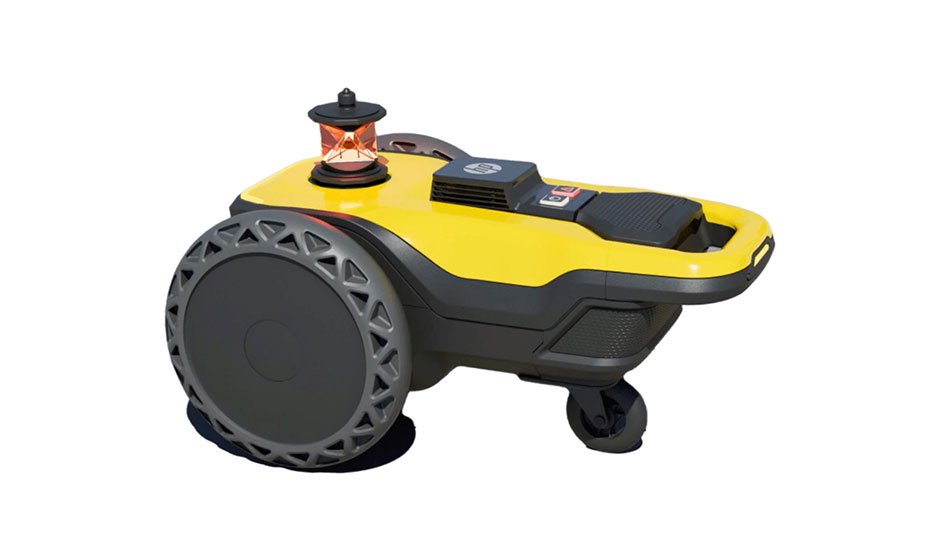These sophisticated machines, known for their precision and efficiency, have revolutionised how construction projects are planned and executed. From the basic functionality of their predecessors to the advanced capabilities of contemporary models, the evolution of site layout robots signifies a major technological leap in the construction sector. The construction industry has embarked on a significant transformation journey by introducing concrete robots, an innovation reshaping traditional site layout practices. This article explores this evolution in-depth, tracing the journey from the earliest robotic applications in construction to today’s advanced systems.
Early Developments in Construction Robotics
The history of construction robotics began with the goal of automating simple, labour-intensive tasks. Initial models were primarily focused on linear tasks such as basic line marking and elemental surveying. These rudimentary robots were pivotal in demonstrating the potential for automating construction processes, setting the stage for more complex applications. They were characterised by their simplicity, reliability, and ability to perform repetitive tasks more efficiently than manual labour.
Advancements in Navigation and Control
Significant improvements in navigation and control systems marked the next leap in the evolution of construction robotics. Incorporating GPS technology and sophisticated sensors enabled these robots to navigate construction sites autonomously. These advancements allowed for precise mapping and accurate execution of site layouts, reducing human error and increasing efficiency. The robots could now operate in larger areas, perform more complex tasks, and adapt to various site conditions, representing a significant advancement from their more basic predecessors.
Integration of Artificial Intelligence
Artificial intelligence has been a transformative force in the field of construction robotics. Modern site layout robots, equipped with AI, can process data, make informed decisions, and adapt to changing site conditions. AI integration has enabled these robots to perform complex tasks such as dynamic site analysis, predictive modelling, and automated decision-making. This level of sophistication allows for more efficient planning, resource allocation, and problem-solving in construction projects.
Robotics in 3D Mapping and Modeling
Integrating 3D mapping and modelling technologies marked a pivotal development in construction robotics. Contemporary site layout robots can generate detailed 3D models of construction sites, providing invaluable insights for project planning and execution. This capability is especially crucial for large-scale and complex projects where understanding the terrain and site conditions is essential. 3D modelling allows for identifying potential obstacles, optimising material usage, and effectively coordinating construction activities.
Collaborative Robotics in Construction
The evolution of site layout robots has also embraced the concept of collaborative robotics. These collaborative robots, designed to work in tandem with human teams, have redefined the dynamics of construction sites. They complement the skills of human workers, leading to enhanced productivity and safety. Cobots are equipped with safety mechanisms and intuitive interfaces, making them suitable for tasks that require precision and human expertise, such as installing intricate architectural elements or complex utility systems.
Impact on Construction Efficiency and Safety
One of the most significant outcomes of the evolution of site layout robots is improving construction efficiency and safety. These robots have streamlined the site preparation process, ensuring accuracy and consistency in layouts. Their use minimises the risks associated with manual layout tasks, such as exposure to hazardous conditions and physical strain. Furthermore, by automating time-consuming and labour-intensive tasks, these robots have accelerated project timelines, reduced costs, and enhanced the overall quality of construction projects.
Integration with Building Information Modeling (BIM)
A significant development in the evolution of site layout robots is their integration with Building Information Modeling (BIM) systems. BIM technology represents a digital representation of the physical and functional features of a building, offering a comprehensive database of information about the project. Integrating site layout robots with BIM systems allows for the seamless transfer of detailed design information directly to the construction site. Robots can interpret BIM data to mark out layouts accurately, place components, and even adjust plans in real-time based on site conditions. This integration ensures that the construction process is closely aligned with the original design specifications, reducing discrepancies and enhancing the overall efficiency of the construction process.
Sustainable Construction Practices and Green Building
Another emerging trend in the evolution of site layout robots is their contribution to sustainable construction practices and green building. As the construction industry increasingly focuses on reducing its environmental impact, robotics plays a crucial role in achieving these green objectives. Site layout robots are designed to operate with minimal waste production and optimal energy efficiency. They can precisely measure and allocate resources, reducing excess material usage and minimising the carbon footprint of construction projects. Additionally, these robots are instrumental in constructing energy-efficient buildings, as they accurately implement designs that optimise natural light, ventilation, and energy usage. This shift towards sustainability in construction robotics aligns with environmental goals and represents a significant advancement in the industry’s commitment to responsible and sustainable building practices.
Conclusion
The evolution from basic line-marking machines to sophisticated concrete robots reflects a broader trend of technological innovation in the construction industry. These robots have changed the landscape of site layout and design and introduced new standards of efficiency, accuracy, and safety. As construction robotics advances, it promises further enhancements in automation and precision, paving the way for smarter, safer, and more sustainable construction practices. The journey of site layout robots is a clear indicator of the potential in the fusion of technology and construction, pointing towards a future where the possibilities are as vast as the innovations that drive them.

